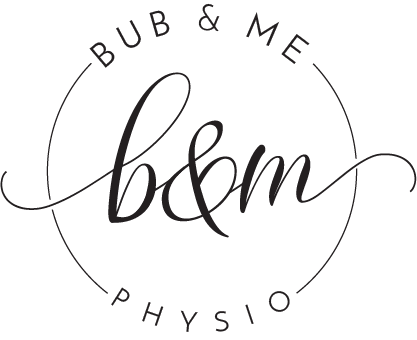Running during pregnancy
“Can I continue to run during my pregnancy?” is a question we get asked ALL THE TIME. There is definitely some uncertainty around this topic. So today I wanted to break this down a little.
As part of my research to write this blog I googled “running during pregnancy”, just to see what you might find online if you decided to ask Dr Google.
Every article on the first page of my search discussed the benefits of exercise for mother and baby, and that if you ran or jogged regularly before your pregnancy, you can carry on for as long as you feel comfortable.
Hmmmm….. Nobody mentions your pelvic floor!
We are absolutely in favour of regular, moderate intensity exercise during pregnancy. The benefits are massive, including reduced risk of:
Gestational diabetes
Preterm birth
Pre-eclampsia (pregnancy-induced high blood pressure)
Having a baby with high birth weight
The need for a cesarean section
It may also improve your baby’s brain development.
Not to mention feeling good!
The problem with running in pregnancy is not the cardiovascular output, especially if you are experienced and stay at a safe intensity, nor is it the risk to your baby. The PROBLEM is the repeated pressure on your pelvic floor.
Running is a high-impact exercise. Both feet are off the ground at the same time, and the impact of landing creates downward pressure through your pelvic floor and any existing pelvic organ prolapse. Again and again.
Which can lead to pelvic floor weakness or pelvic floor overactivity. So let’s look a little closer at what this means.
Pelvic floor weakness
Your pelvic floor is already weakened during pregnancy from
The weight of your growing uterus and baby
An increasing volume of amniotic fluid,
The increase in laxity of your connective tissue throughout your body due to pregnancy hormones.
Running can then increase the intra-abdominal pressure up to 2.5 times more than normal. This increased and repetitive pressure exacerbates an already weakened pelvic floor.
Why is this an issue?
A weakened pelvic floor may lead to
Stress incontinence (leaking of urine caused by physical movement or activity — such as coughing, laughing, sneezing, running or heavy lifting — which increases your intra abdominal pressure, putting pressure/stress on your bladder)
Prolapse (stretching or testing of the ligaments and muscles that support the pelvic organs, causing those organs to drop down)
Pelvic floor overactivity
Many athletes, including runners, have an overactive, or tighter than normal pelvic floor and have difficulty relaxing these muscles which in turn can lead to a weak pelvic floor.
Both these outcomes may lead to dysfunction in pregnancy, labor, and postpartum.
You might be an experienced runner, and you might be pregnant and running without being aware of any issues. Pelvic floor weakness or overactivity is not always symptomatic. Changes may be happening without you realising, or may become apparent later, including postnatally, or during subsequent pregnancies.
This isn’t just about now, it’s also about the rest of your life. Pelvic floor weakness is accumulative.
So what do we recommend?
If you are an experienced runner then you can continue to run in your first trimester, providing you feel well enough. If you feel unwell or very tired then you may naturally stop running at this time. If you are running, given the hormonal and physical changes occurring in your body, it’s important to supplement your running by strengthening your glutes and core 2-3 times per week. We recommend you stop running in your second trimester, regardless of how you feel. At this time we suggest you can swap running for pregnancy-safe and low impact exercise, such as swimming, brisk walking, stationary cycling.
Join our Online Strong Mama program as the perfect addition to running in the first trimester and a safe way to stay strong and keep exercising throughout your pregnancy.
To find out all you need to know on safe exercise in pregnancy have a read of our blog on this topic.
And of course, as always, get in touch if you have any questions.



